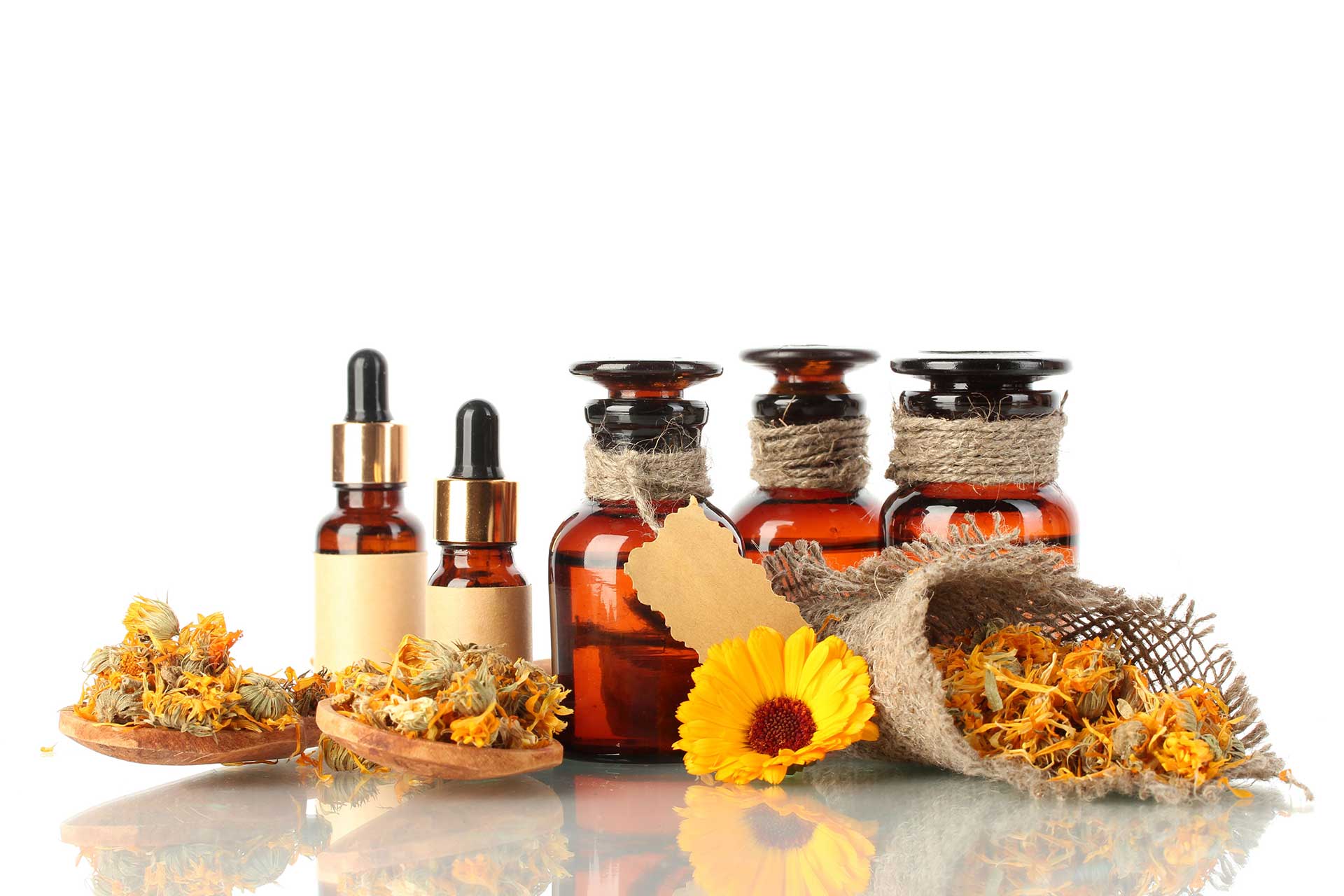It can be confusing. Some “practitioner-only” brands are only available through qualified health care practitioners. Others are more easily available.
The idea behind the “practitioner-only” designation is simple. The majority of “practitioner-only” brands focus on producing higher quality, more potent products. Such products are manufactured to maximise impact and effectiveness, and therefore should only be accessed under the supervision of a qualified health professional.
Naturopaths and nutritionists for example, are trained in herbs and nutrients. They understand how the ingredients will affect you. Taking advice from a health professional on what products to take ensures safety risks are minimised and products are appropriate for your individual health needs.
This is not to say all “retail” products are inferior.
Quality
What does this mean? Practitioner products are generally of a higher quality, and more potent, but how is this defined? Within both the broad retail and “practitioner only” categories, quality can vary significantly due to many factors including active ingredients, encapsulation, dosage, molecular weight, excipients used, conditions a plant is cultivated in and supporting evidence (1). To keep things simple we’re going to focus on 3 key areas:
- Ingredients
- Bioavailability
- Excipients
Ingredients
Along with the importance of co-factors and ingredients being at a therapeutic dose, mineral absorption and bioavailability may be enhanced by the form the mineral comes in. Chelated minerals are minerals bound to a chelating agent which is designed to enhance their absorption in your body. An amino acid chelated mineral is a mineral (like calcium) that has been molecularly attached to an amino acid. Common amino acids used to make mineral chelates include aspartic acid, lysine and glycine. In general, animal studies indicate that chelated minerals are absorbed more effectively (2).
Bioavailability
Bioavailability is influenced by many factors from both the host (human) and from the supplement itself. Bioavailability refers to how efficiently your body can use a nutrient. The commonly accepted definition of bioavailability is the proportion of the nutrient that is digested, absorbed and metabolised through normal pathways.
It has also long been recognised that gut microbes contribute to the biosynthesis and bioavailability of vitamins and nutrients. Maintaining a healthy gut is vitally important for proper nutrient synthesis and absorption as the gut microbiota synthesises certain vitamins and nutrients (1).
Bioavailability is also influenced by other factors including diet, nutrient concentration, nutritional status, health, and life-stage (3).
Excipients
Excipients selected for product formulation vary across the pharmaceutical and complementary medicine industries. The role of the excipient should not be underestimated, particularly when it comes to generic pharmaceuticals. A number of pharmaceutical excipients are known to have side effects or contraindications. For example, excipients may make up to 90% of a product formulation and may be synthetic or sourced from plants or animals (4).
Depending on the medication/supplement type, excipients may be nil to low. Powders and capsules generally require fewer excipients than tablets due to binding and coating ingredients required for a tablet.
Each excipient serves a specific purpose for the proper performance of the supplement dose and form, i.e. capsule, tablet, powder or liquid.
Effectiveness and accessibility
As practitioner products are generally more potent, this lends itself to supervised use under the instruction of a qualified health professional. As such, practitioner only products are not as accessible to the general public. Indeed practitioner only products are designed specifically for dispensing by a healthcare professional in accordance with section 42AA of the Therapeutic Goods Act 1989 (5).
How can I access “practitioner only products”?
If you are not currently working with a healthcare professional, you can find a practitioner here via vital.ly platform.
References
| 1 | Pressman P, Clemens RA, Hayes AW. Bioavailability of micronutrients obtained from supplements and food: A survey and case study of the polyphenols. Toxicology Research and Application. January 2017. |
| 2 | Goff JP. Invited review: Mineral absorption mechanisms, mineral interactions that affect acid-base and antioxidant status, and diet considerations to improve mineral status. J Dairy Sci. 2018 Apr;101(4):2763-2813. doi: 10.3168/jds.2017-13112. Epub 2018 Feb 4. |
| 3 | Michael, Hambidge. (2010). Micronutrient Bioavailability: Dietary Reference Intakes and a Future Perspective. The American journal of clinical nutrition. 91. 1430S-1432S. 10.3945/ajcn.2010.28674B. |
| 4 | Haywood, A., & Glass, B. (2011). Pharmaceutical excipients – where do we begin? Australian Prescriber, 34(4), 112–114. |
| 5 | Australian Government. Department of Health. Therapeutic Goods Administration. Australian regulatory guidelines for complementary medicines ARGCM. Version 7.2, February 2018.[Internet] [ cited 2021. September 12th]. Available from:https://www.tga.gov.au/sites/default/files/australian-regulatory-guidelines-complementary-medicines-argcm.pdf |












